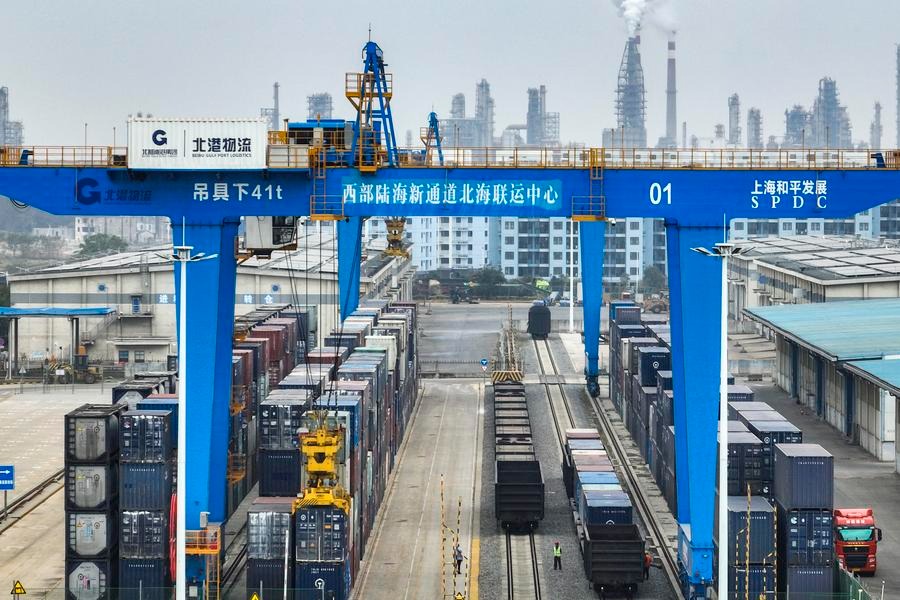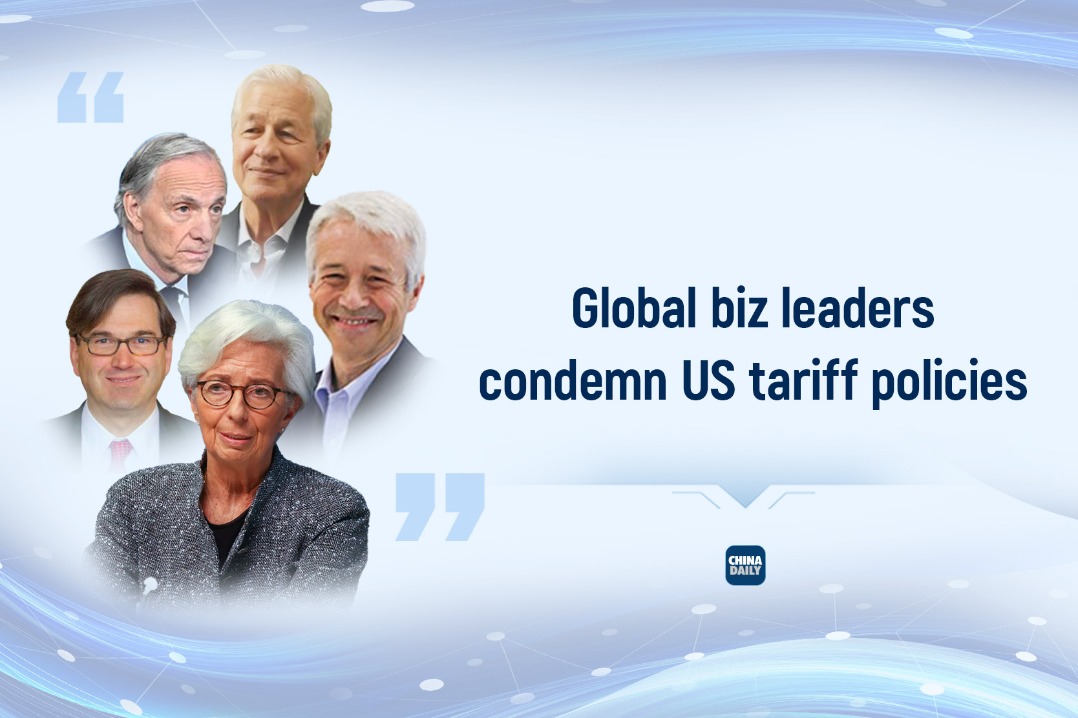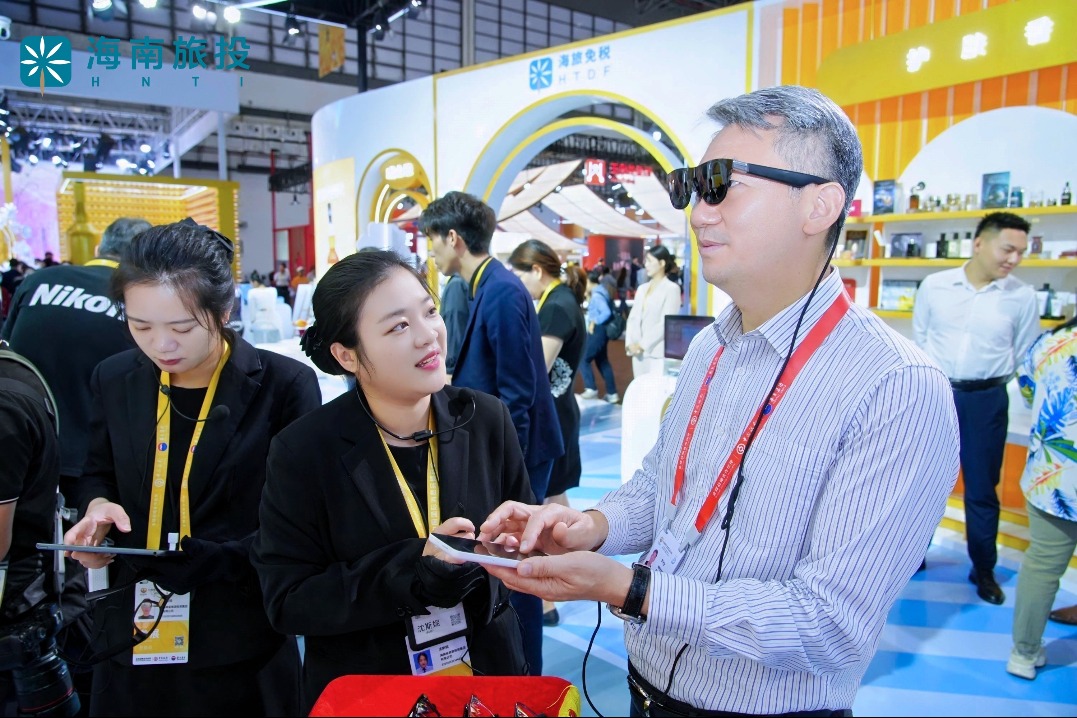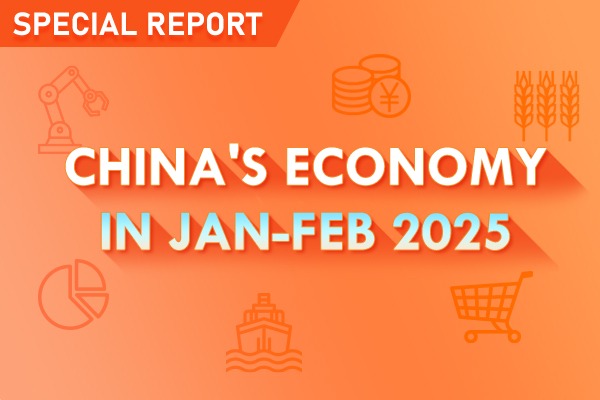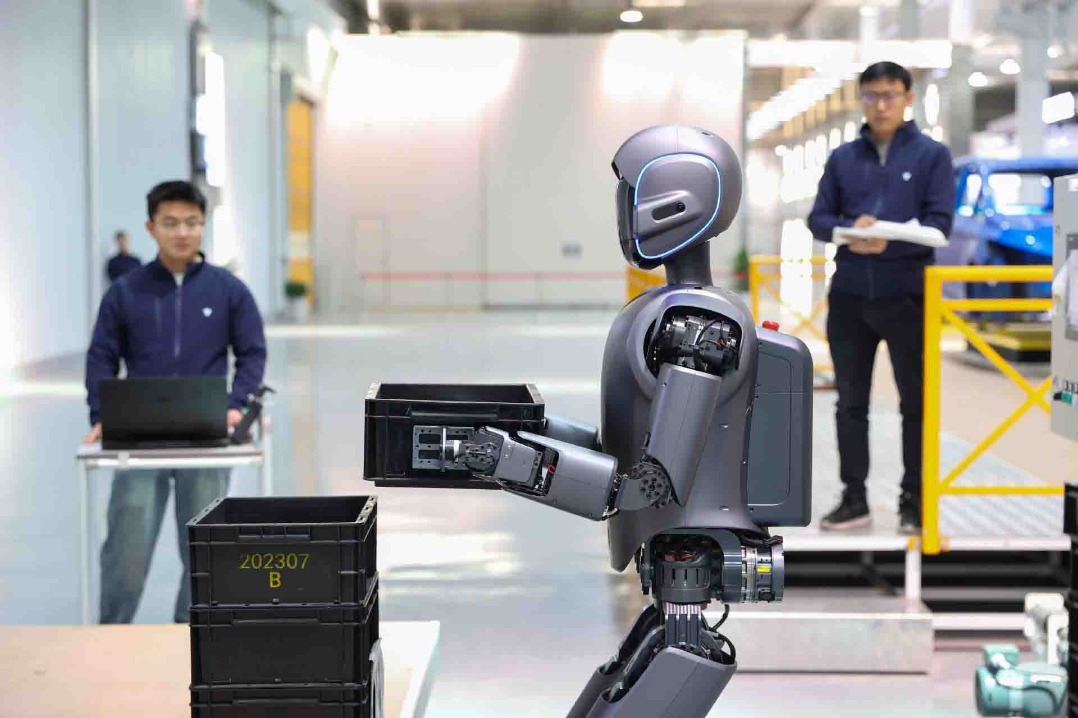China sees upturn of industrial profits in Q1
Recovery:?More monetary and fiscal policy measures expected


Profits at China's major industrial companies returned to growth in the first quarter, underpinned by the strengthening of high-tech sectors and pointing to strong economic resilience amid trade tensions with the United States, official data showed on Sunday.
Although external headwinds are poised to weigh on China's exports and the broader economy starting in the second quarter, economists said the country has ample policy tools and space to address both internal and external challenges. As the latest tone-setting Party leadership meeting suggests, policymakers are taking a forward-looking, effective and targeted macro policy approach to stabilize the overall economy.
Economists expect to see a U-shaped recovery this year, with the overall economy gradually stabilizing in the second half of the year amid strong fiscal stimulus and increased support for enterprises facing difficulties.
Data from the National Bureau of Statistics showed on Sunday that China's industrial enterprises above designated size — enterprises with annual revenue of at least 20 million yuan ($2.7 million) — saw their total profits increase 0.8 percent year-on-year to reach 1.5 trillion yuan in the first quarter of this year, following a 3.3 percent decline last year.
In March, profits of industrial enterprises above designated size jumped 2.6 percent year-on-year, reversing a 0.3 percent decline in the first two months.
Yu Weining, a statistician at the NBS, said the rebound in industrial profits was mainly driven by the robust performance of high-tech manufacturing, aided by stimulus packages including incentives for large-scale equipment upgrades and trade-in deals for consumer goods.
"Incremental and existing policies have worked in tandem, driving a strong start for the industrial economy," Yu said in a statement published on the NBS' website on Sunday.
Duan Yaohui, senior vice-president of Oppo, said the Chinese smartphone vendor has witnessed strong growth in premium smartphones, close on the heels of China's favorable policies to promote sales of consumer electronic devices.
The company recorded a good performance, particularly in the 4,000-6,000 yuan price segment, according to Duan. In January and February, the sales growth of the Find X8 and the Find X8 Pro — mobile phones in the above 4,000 yuan price segment — ranked among the highest industrywide, especially after government subsidies to consumers.
Despite the continued recovery in industrial profits, Yu, from the NBS, noted that the external environment is becoming increasingly complex and challenging amid rising instability and uncertainties, and called for more efforts to better implement the announced policy measures and fully unleash the policy potential.
On Friday, a meeting of the Political Bureau of the Communist Party of China Central Committee emphasized the need to coordinate domestic economic work with international economic and trade struggles, with efforts focused on stabilizing employment, enterprises, markets and expectations.
Justin Yifu Lin, dean of the Institute of New Structural Economics at Peking University, said that amid the US' volatile tariff policy, China needs to make full use of its policy space, and it could introduce more fiscal and monetary policy measures to address lackluster demand.
Lin said it is a wise choice for the government to introduce fiscal stimulus to promote household consumption and support more new infrastructure projects.
On the monetary policy front, he said that reserve requirement ratio and interest rate cuts would help maintain ample liquidity, while using structural monetary tools to channel more lending to emerging sectors would help boost investment and support consumption.
"China, as a large economy, has far greater fiscal and monetary policy space compared with many other countries," Lin said during an exclusive interview with China Daily. "As long as we fully utilize this policy space … we can expect stability and continued progress this year and beyond."
Pan Gongsheng, governor of the People's Bank of China, the country's central bank, said that China's economy has made a strong start this year, maintaining its recovery momentum, with financial markets performing steadily.
Looking ahead, the PBOC will implement an appropriately accommodative monetary policy to support the high-quality development of the economy, Pan said while attending the Second Meeting of the G20 Finance Ministers and Central Bank Governors last week.
Zhang Jun, chief economist at China Galaxy Securities, said the central bank is expected to employ a combination of both quantitative and structural policy tools, including cutting RRR and interest rates.
The government is also expected to introduce a range of structural monetary policies aimed at providing targeted relief to the foreign trade sector, as well as bolstering consumer demand and technological innovation, Zhang added.
Zhou Lanxu and Liu Yukun
contributed to this story.


















